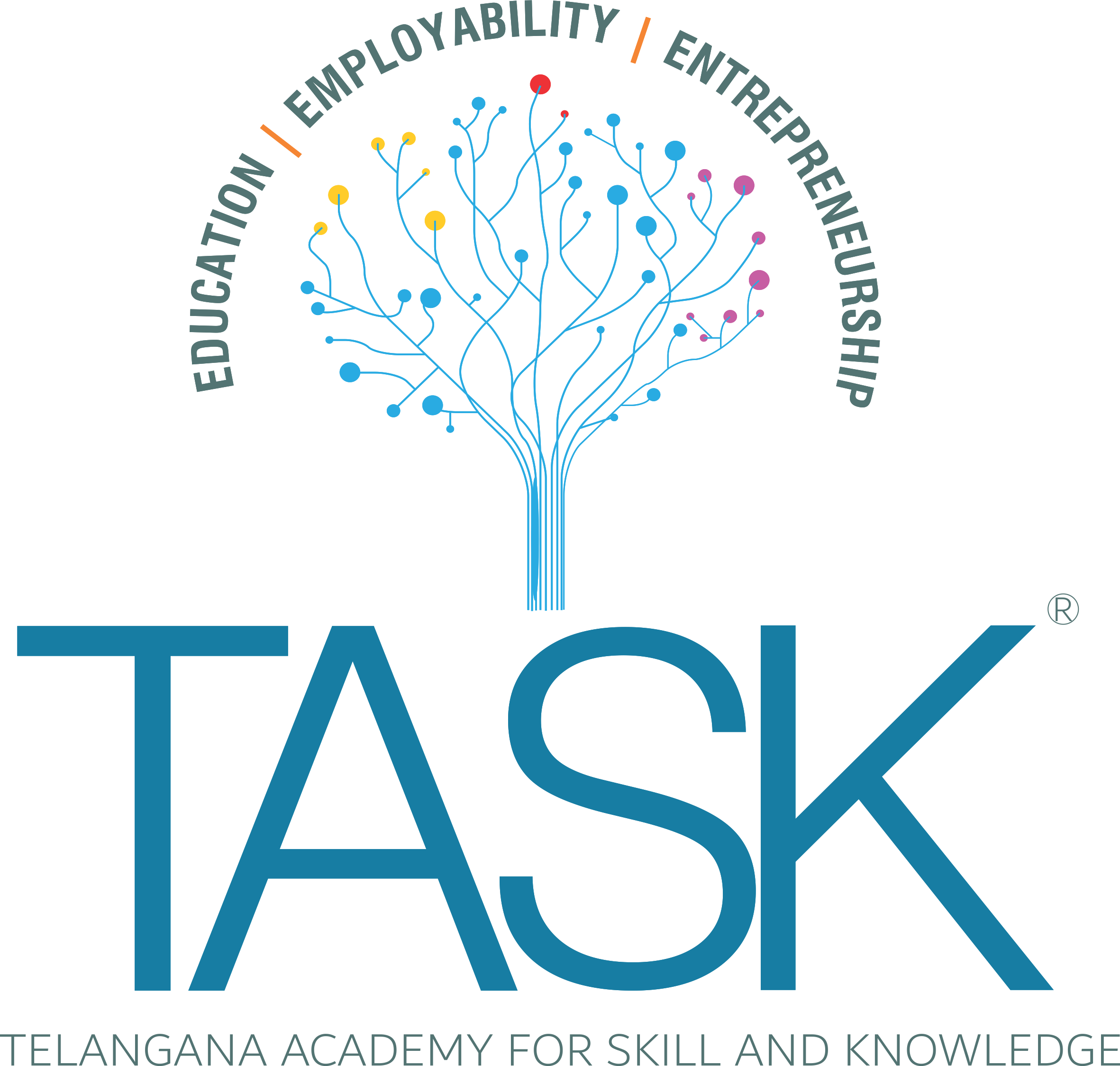Thought for the Day
H&S Course Outcomes
"Empowering minds, shaping futures — Priyadarshini College is where learning meets purpose."BASIC ELECTRICAL ENGINEERING
- To analyze electrical circuits using network laws and theorems.
- To solve electrical circuits using network laws and theorems
- To understand and analyze basic Electric and Magnetic circuits
- To study the working principles of Electrical Machines
- To introduce components of Low Voltage Electrical Installations
CHEMISTRY
- The knowledge of atomic, molecular and electronic changes, band theory related to conductivity.
- The required principles and concepts of electrochemistry, corrosion and in understanding the
problem of water and its treatments. - The required skills to get clear concepts on basic spectroscopy and application to medical and
other fields. - The required skills to get clear concepts on basic spectroscopy and application
other than medical fields - The knowledge of configurational and conformational analysis of molecules and reaction
mechanisms.
ENGLISH
- Use English Language effectively in spoken and written forms.
- Comprehend the given texts and respond appropriately.
- Communicate confidently in various contexts and different cultures.
- Acquire basic proficiency in English including reading and listening comprehension, writing
and speaking skills. - Acquire basic proficiency in English including writingand speaking skills
BASIC ELECTRICAL ENGINEERING LAB
- Understand the response of different types of electrical circuits to different excitations.
- Understand the measurement, calculation
- Understand the relation between the basic electrical parameters
- Understand the basic characteristics of transformers.
- Understand the basic characteristics of electrical machines
ENGINEERING WORKSHOP
- Study machine tools and their operations
- practice on machine tools and their operations
- Practice on manufacturing of components using workshop trades including pluming, fitting,
carpentry, foundry, house wiring and welding. - Identify and apply suitable tools for different trades of Engineering processes including
drilling, material removing, measuring, chiseling. - Apply basic electrical engineering knowledge for house wiring practice.
ENGINEERING CHEMISTRY LAB
- Determination of parameters like hardness and chloride content in water.
- Determination of chloride content in water
- Estimation of rate constant of a reaction from concentration – time relationships.
- Determination of physical properties like adsorption and viscosity.
- Calculation of Rf values of some organic molecules by TLC technique.
MATHEMATICS – II
- Identify whether the given differential equation of first order is exact or not
- Solve higher differential equation
- Apply the concept of differential equation to real world problems
- Evaluate the multiple integrals and apply the concept to find areas, volumes, centre of mass and
Gravity for cubes, sphere and rectangular parallelepiped - Evaluate the line, surface and volume integrals and converting them from one to another
APPLIED PHYSICS
- The student would be able to learn the fundamental concepts on Quantum behaviour of matter
in its micro state. - The knowledge of fundamentals of Semiconductor physics, Optoelectronics, Lasers
- The knowledge of fundamentals of fibre optics enable the students to apply to various systems like communications, solar cell, photo cells and so on.
- Design, characterization and study of properties of material help the students to prepare new
materials for various engineering applications. - The course also helps the students to be exposed to the phenomena of electromagnetism and
also to have exposure on magnetic materials and dielectric materials.
PROGRAMMING FOR PROBLEM SOLVING
- To write algorithms and to draw flowcharts for solving problems.
- To convert the algorithms/flowcharts to C programs. To code and test a given logic in C programming language.
- To decompose a problem into functions and to develop modular reusable code.
- To use arrays, pointers, strings and structures to write C programs.
- Searching and sorting problems.
ENGINEERING GRAPHICS
- Preparing working drawings to communicate the ideas and information.
- Read, understand and interpret engineering drawings.
- Apply Orthographic Projection Techniques
- Visualize and Draw Isometric Projections
- Understand and Draw Projections of Solids
PROGRAMMING FOR PROBLEM SOLVING LAB
- formulate the algorithms for simple problems
- translate given algorithms to a working and correct program
- correct syntax errors as reported by the compilers
- identify and correct logical errors encountered during execution
- represent and manipulate data with arrays, strings and structures
- use pointers of different types
- create, read and write to and from simple text and binary files
- modularize the code with functions so that they can be reused
APPLIED PHYSICS LAB
The students will be able to:
- Know the determination of the Planck’s constant using Photo electric effect and identify the material whether it is n-type or p-type by Hall experiment.
- Appreciate quantum physics in semiconductor devices and optoelectronics.
- Gain the knowledge of applications of dielectric constant.
- Understand the variation of magnetic field and behavior of hysteresis curve.
- Carried out data analysis.
ENVIRONMENTAL SCIENCE
- Based on this course, the Engineering graduate will understand /evaluate / develop
technologies on the basis of ecological principles and environmental regulations which in turn
helps in sustainable development - Understand the Fundamentals of Environmental Science
- Identify the Components of the Environment
- Analyze Human Impact on the Environment
- Understand the Importance of Natural Resources


